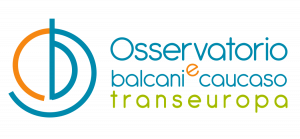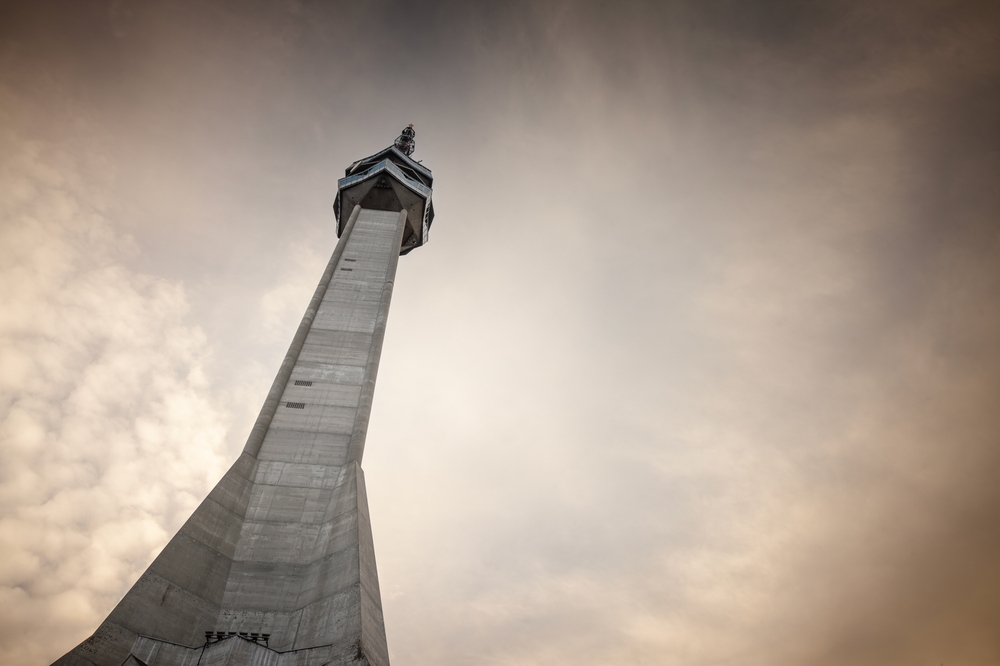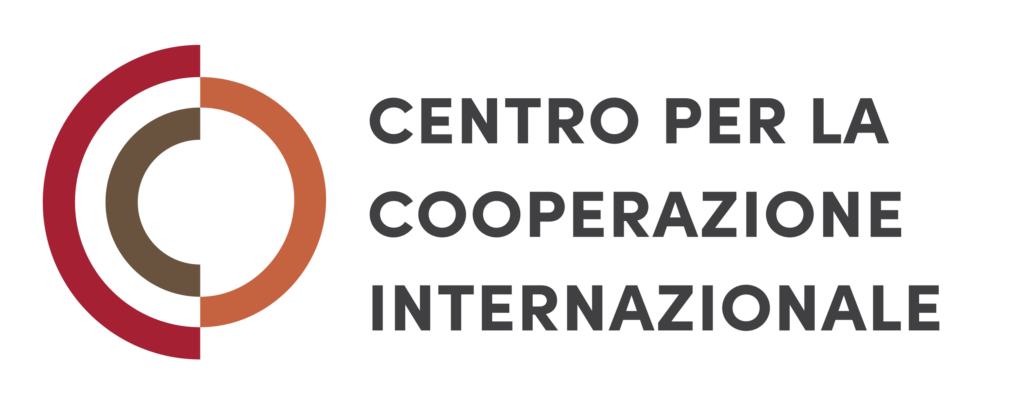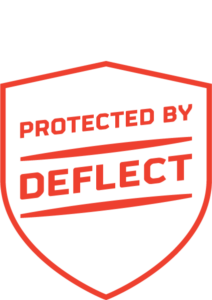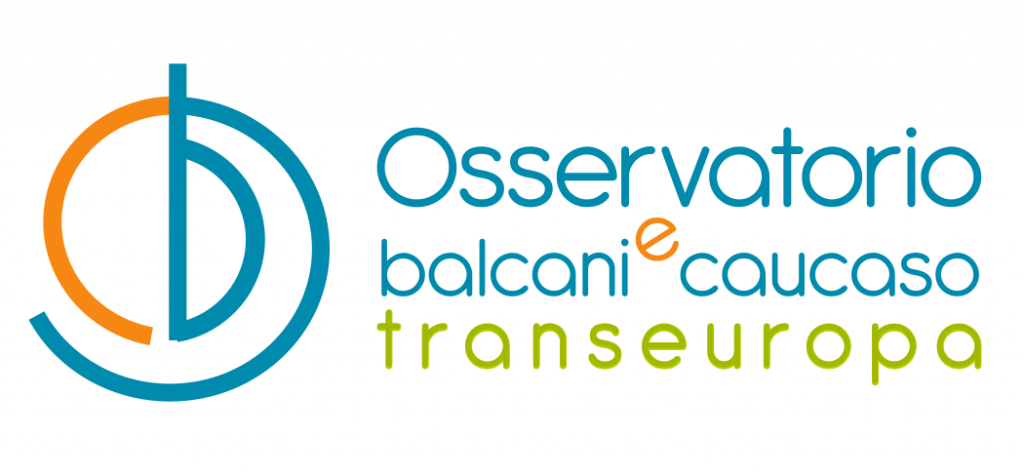Bridging accessibility gaps in Ukraine
Ukraine is home to around 2.7 million people with disabilities, but the real figure in the war-torn country is certainly higher today. The conflict has made it harder to meet their needs, especially in rural areas
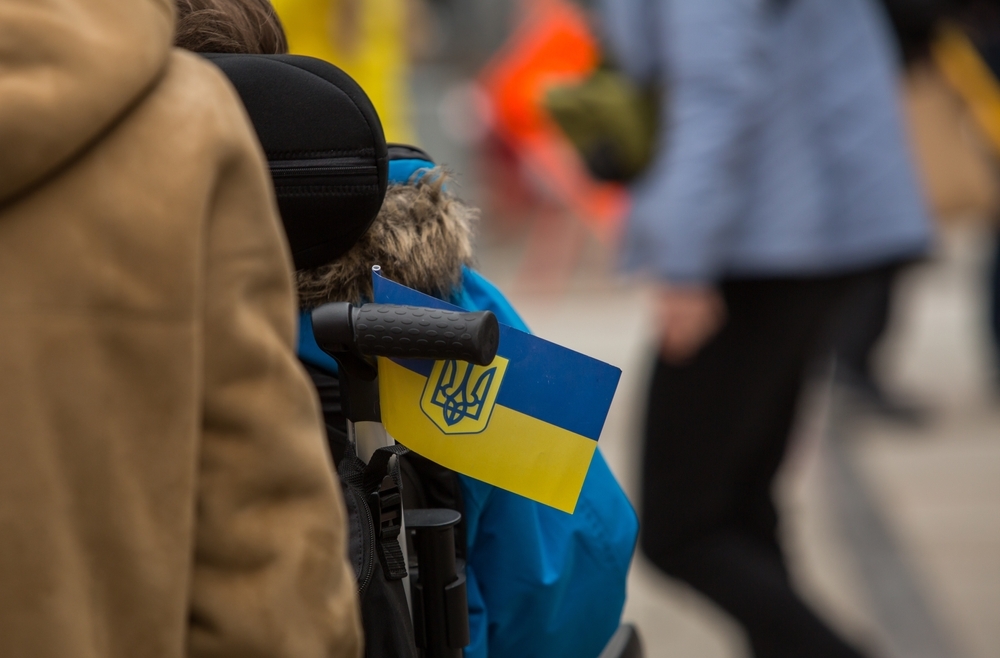
Bridging-accessibility-gaps-in-Ukraine
© EJ Nickerson/Shutterstock
In the compact administrative offices of Torchyn in the North-Western part of Ukraine, Maria Hlod starts her day reviewing applications and fielding phone calls. As a regional coordinator for the National Assembly of People with Disabilities, her role involves tackling logistical and bureaucratic hurdles to provide support for individuals with disabilities across this rural community.
“My work is all about solving practical problems,” Maria explains. “It ranges from helping someone secure mobility aids and assistive technology to ensuring they can access medical care. Every case requires a different approach.”
A person with disability herself, Maria was displaced from her native Kherson in Southern Ukraine in 2022 as Russians launched a full-scale war against her country. Back then, she barely managed to flee from the then-occupied city into the relative safety of Torchyn, having firsthand experienced the challenges of relocation and finding her voice in a new community.
Now, having settled in, Maria works on supporting the rights and needs of people with disabilities – as well as helping others in difficult life situations, made worse by the Russian war.
The scope of the problem
Ukraine is home to approximately 2.7 million people with disabilities, according to national statistics. This figure represents over 6% of the population and includes individuals affected by conflict-related injuries, chronic illnesses, and congenital conditions.
The figure, however, is outdated, having been collected before Russia’s invasion of Ukraine. The war led to Europe’s biggest refugee crisis since World War Two, with over seven million Ukrainians fleeing the country. There are no new statistics including those who recently became disabled as a result of the war, making it more challenging for these individuals to seek help.
On top of that, the ongoing war has exacerbated other challenges for people with disabilities, such as lack of inclusive infrastructure, particularly in rural areas where access to transportation and healthcare is limited.
“The war has made it harder to meet basic needs,” Maria says, “In some cases, it’s as simple as helping someone reach a hospital or get proper documentation that can make a difference – because some people are deprived even of that”.
Maria herself left the relatively large city of Kherson, with its nearly 300,000 residents, for the Torchyn community, which covers 24 villages and small towns in a rural part of Ukraine. With a population of roughly 13,000, the lack of accessible infrastructure poses many challenges in this region.
“Transport is a significant barrier for people with disabilities,” Maria explains, “Several villages in the community are very remote, and there are no regular buses or alternative means of transportation. For people with mobility issues, this isolation is particularly acute. In my job, I am trying to address that.”
Becoming an advocate for human rights
Before taking on her current role, Maria spent over 25 years as a forestry professional in Kherson. She quite liked the job, she said, and she reminisces of her time in her native city. Maria never thought she’d become an advocate for disability rights and someone so involved in community life, but the war brought major changes to her life.
Kherson was the one and only large city and a regional capital that Russia managed to occupy during the early months of the 2022 invasion. Located only hours away from the Crimean peninsula, illegally occupied by Russia in 2014, Kherson was an easy target. Thousands of local residents fled the city, escaping Russian occupation and seeking shelter in Western Ukraine, which is further from the frontlines and closer to the EU borders.
Maria relocated to the Torchyn community, near the Polish border, on the North-Western edge of the country. Torchyn, a village with roughly 4000 residents, was a big change for her. Relocating there during the early months of the war, she initially worked remotely for her previous employer. By 2023, she transitioned into social advocacy, first as a facilitator for displaced persons and later as a coordinator for disability support.
“This wasn’t a planned career change,” Maria explains. “But the skills I developed in forestry—project management, problem-solving—have been applicable here. And having been welcomed in this community, I wanted to support others because I knew I had the capacity to do so.”
After becoming a regional coordinator for the National Assembly of People with Disabilities, Maria’s been focusing on helping locals get the support they need – as war makes living much harder for many people.
Maria’s workdays are filled with varied tasks. In the mornings, she reviews applications for aid or documents needs assessments for new cases. A critical part of her work is identifying individuals who may not yet be registered as having disabilities or who are unaware of available resources.
“Outreach is key,” she says. “We rely on local networks—village leaders, social workers, and sometimes even word of mouth—to find those who need support. My job includes meeting people with disabilities or health issues, learning about them and their needs, and explaining to them what kind of support we can give them.”
In the past year, she’s been working on a program “Empower Ukraine” which, through the support of European donors, has assisted over 530 individuals in the Torchyn community. Locals could get financial support, mobility aids like walkers and wheelchairs, and functional beds for those with limited mobility. Of these, 42 were children, and nine people became disabled as a result of injuries during the war.
The work often involves coordination with regional offices and national programmes. “Once we document the needs, we forward them to the capital for processing,” Maria explains, “From there, we work to ensure delivery and follow-up.”
Despite these efforts, challenges remain – such as the inability of people with disabilities to move around freely, limiting their chances of finding work or getting to schools. As Maria describes, in 2023, a social taxi was working in a region, which was accessible for the wheelchair users; but it stopped working after a few months due to funding issues.
“This was a lifeline for people in remote villages,” Maria explains. “Without it, they struggle to get to hospitals or administrative offices. Restoring this service would be a major improvement, but it is costly, and the resources are limited.”
Beyond logistical issues, Maria sees the need to advocate for greater public awareness and institutional support.
“There’s a perception that a disability pension solves everything,” she says, “Many people think that with monthly payments, individuals with disabilities can support themselves, no need to provide any other support or talk of accessibility. In fact, many people require additional services—rehabilitation, psychological support, or just better communication about their rights. It is a matter of dignity and feeling like you belong in a community, even if your needs are greater than your neighbour’s.”
Maria believes that small, consistent efforts at the local level can yield meaningful results. “We’re not trying to overhaul the system overnight,” she says. “But every person we assist is one step closer to creating a more inclusive community.”
Her focus for the coming year includes expanding outreach and advocating for additional resources. “With the right tools and partnerships, we can address these gaps more effectively,” she adds.
For Maria, the work remains a pragmatic response to visible needs.
“This is about making sure the systems we have work for everyone,” she concludes, “It’s not about charity; it’s about ensuring access and equity. And it’s also about reminding people that they matter, and they, too, should demand more and fight for their rights.”
Tag:
Read more
14/12/2004, Risto Karajkov
24/01/2005, Risto Karajkov
